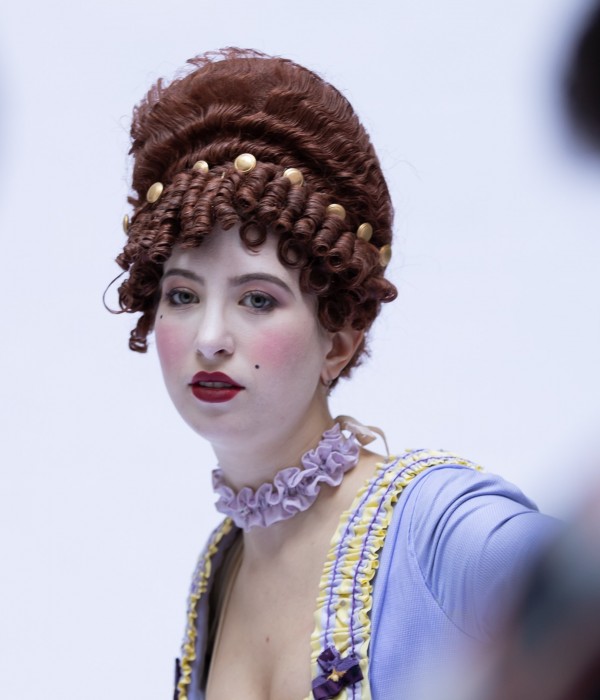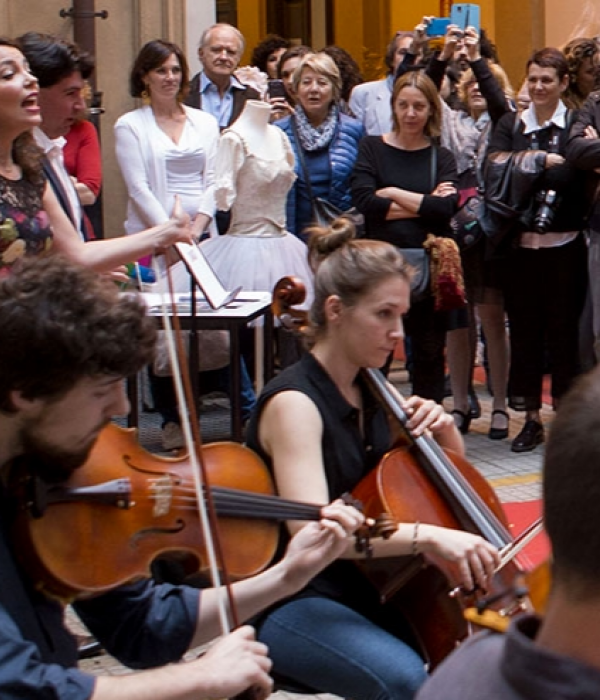Accademia Teatro alla Scala
institution
We must go back to 1813, the year of the creation of the Imperial Regia Accademia di Ballo [Royal Imperial Ballet Academy], now the La Scala Academy Ballet School, to find the roots of Teatro alla Scala’s enduring vocation for transmitting the inestimable La Scala heritage to the new generations—not only music and dance but also stagecraft and management, not only the high art performed on stage, but also the creativity and manual craft behind it.
In 1950, Arturo Toscanini founded the Cadetti della Scala school, the forerunner of today’s La Scala Opera Academy. In 1970 the Set Designers course was introduced. Under the stewardship of Carlo Fontana, the progressive diversification of the curriculum led to the establishment of the Schools, Training, and Development Department in 1991 and to the constitution of the La Scala Academy as an autonomous foundation in 2001: the Fondazione Accademia Teatro alla Scala.
In addition to Teatro alla Scala, founding members of the Academy include Regione Lombardia, the Municipality of Milan, the Milan Chamber of Commerce, Intesa Sanpaolo, Fondazione Berti Onlus, Fondazione Bracco, Fondazione Milano per la Scala and Techbau. They are joined by a large group of sponsors, including foundations, associations, businesses, and private citizens, who make it possible for the Academy to provide scholarships and other forms of support to facilitate participation in the courses.
Today, guided by President Victor Massiah and General Manager Luisa Vinci, the Academy boasts Academy offers approximately thirty courses distributed across four departments – Music, Dance, Stage, and Management – encompassing preparatory courses, training courses, advanced specialization courses, academic diploma courses at the first and second level within the AFAM (Higher Education in Art, Music, and Dance) system, which grant qualifications equivalent to university degrees, as well as first-level Master's programs, workshops, and summer internships.
Over three hundred instructors—preeminent Teatro alla Scala artists and artisans and renowned performing arts professionals—guide the development of the young talents (opera singers, orchestra musicians, piano accompanists, opera coaches, children’s choir members, ballet dancers, ballet teachers, set designers, costume makers, hair and make-up artists, special make-up experts, wig specialists, lighting designers, stage photographers, videomakers, sound technicians, stage directors, and theatre managers).
The teaching method is based on direct, hands-on, real-world experience—learning by doing—complemented by on-the-job training in an intensive internship program. Concerts, performances, exhibitions, and the “Academy Project”, an annual feature in the La Scala season program, constitute the proving grounds for all Accademia students both in and outside of Italy. Opportunities have increased greatly over the years with events in over twenty countries, among them Austria, Belgium, Brazil, Canada, China, Denmark, France, Germany, Great Britain, Greece, Holland, India, Japan, Norway, Oman, Russia, Serbia, Spain, Sri Lanka, Switzerland, the United Arab Emirates, and the United States.
Here are just a few of the countless great artists who have trained at the La Scala Academy: Roberto Bolle, Massimo Murru, Nicoletta Manni, Virna Toppi, Martina Arduino, Virna Toppi, Alice Mariani, Angelo Greco, Jacopo Tissi, Fabio Capitanucci, Giuseppe Filianoti, Carmen Giannattasio, Chiara Isotton, Anja Kampe, Nino Machaidze, Anita Rachvelishvili, Fatma Said, Nino Surguladze, Aya Wakizono, and Pretty Yende. Without counting all the technicians who now work behind the scenes in the world's most prestigious theatres and festivals.

